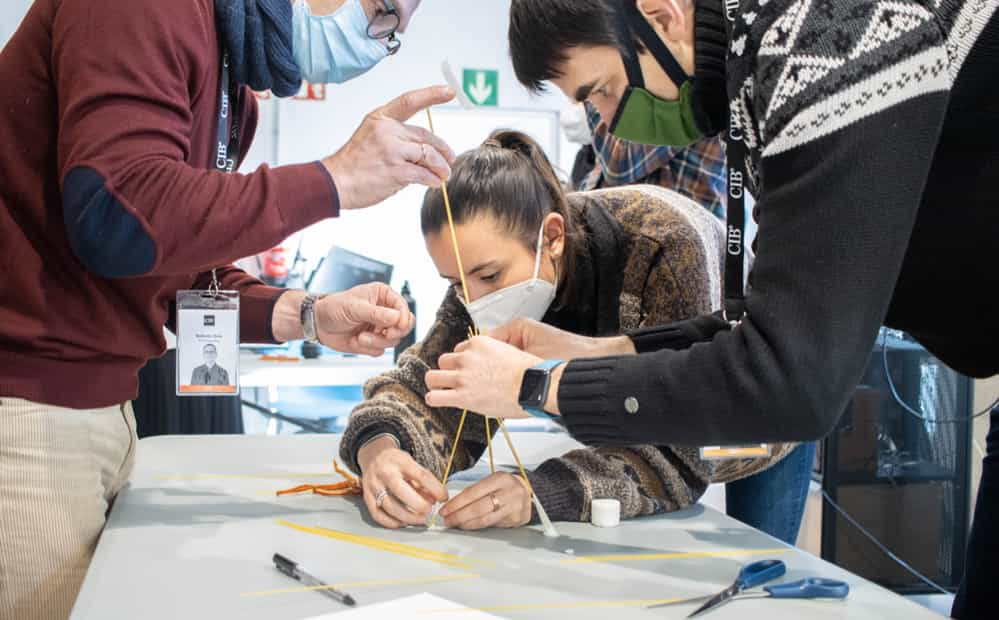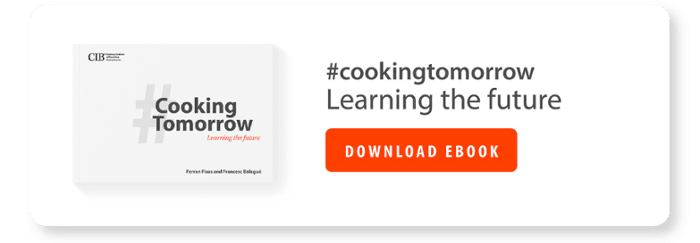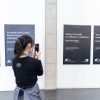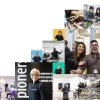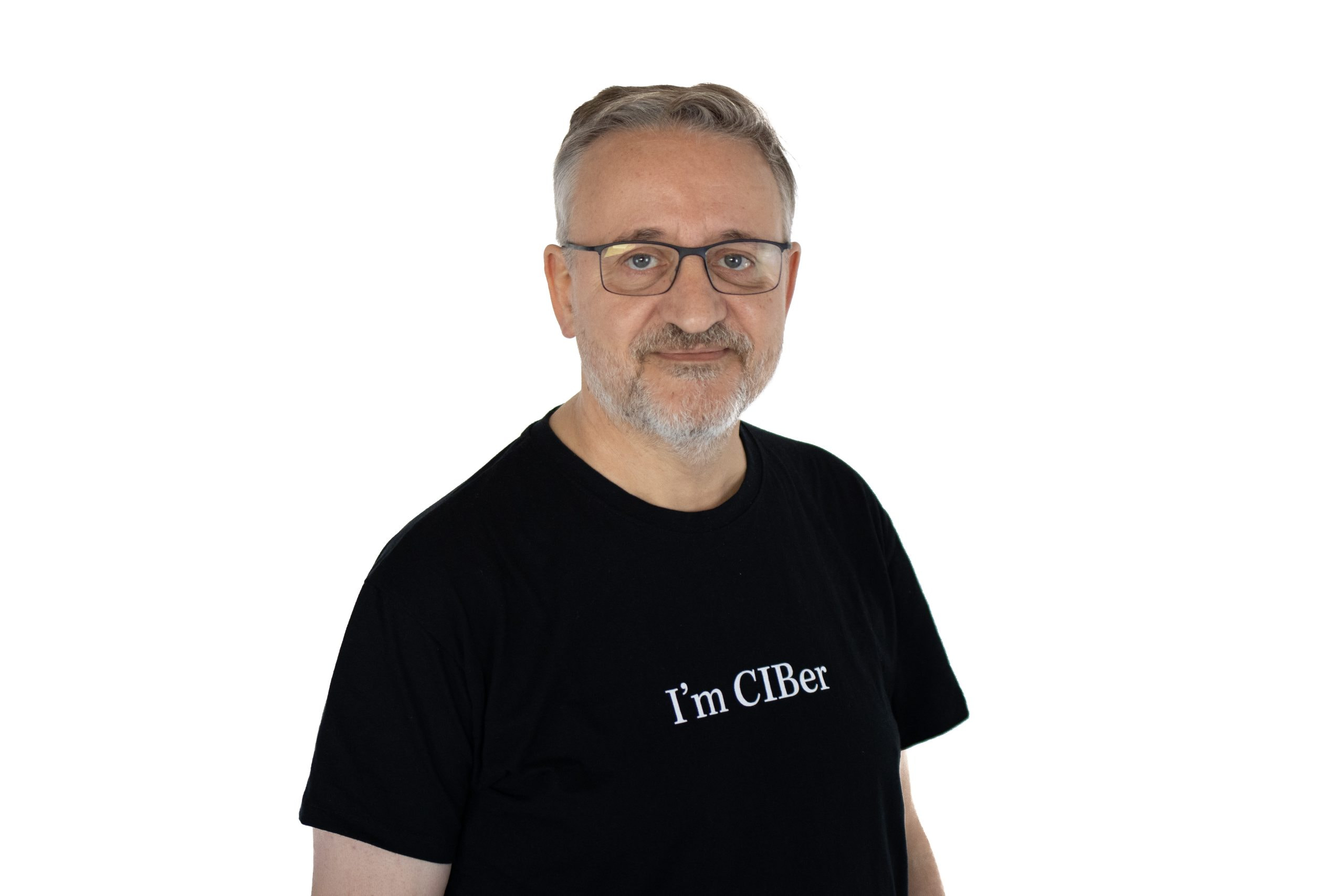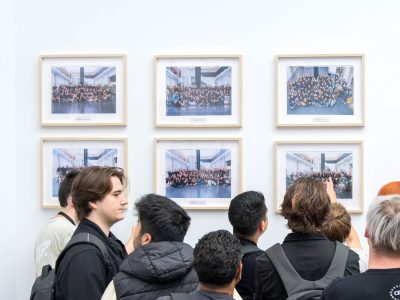In such a volatile, changing, complex and uncertain environment (a situation known under the acronym VUCA), education systems must reorient themselves towards the new reality and prepare students to face the multiple, constant and major paradigm shifts that will characterize the XXI century.
En el Culinary Institute of Barcelona we design student-centered learning experiences, with the promise of offering you the best educational experience of your life, through a new teaching model. For this, everything begins with the teacher, the person responsible for setting the context and the necessary resources so that these experiences have the student as their main axis.
The student at the center
Each student has a way of appropriating the learning. For this reason it is recommended to offer you a variety of options, dynamics and methodologies. The relationship of the contents with the interests of the students is what will create this participation and motivation. The trainer must encourage students to perceive a close relationship between the content, their interests and experiences.The fact of talking about the design of learning experiences helps us to look at this part of education from a more structured point of view, following a method and an order, where planning will be essential to achieve the objectives set. We will talk about resources, limitations, tasks, strategy, objectives, and results. A series of pieces that, the more concrete and planning, the greater the possibility of achieving the objectives set.

Steps to create learning experiences
At the Culinary Institute of Barcelona we have designed a structure that combines different settings, diverse formats, teachers and their different points of view, content and very varied sources of inspiration, which take into account the cultural and professional diversity of students from all over the world.
- Define the learning objectives, the contents and the expected results.
- Specify an action strategy that is aligned with the profiles and needs of the students and the objectives.
- Develop an evaluative action that allows validating whether the objectives have been achieved and that guides the student on how to move forward.
- Define which activities are the most effective to achieve these objectives and results.
- Specify what resources each activity will need.
- Plan the entire process, with the most detailed timing possible.
Session and space formats
“From the first outlines of the CIB, we knew that the morphology had to be designed to accompany the methodology; offer different scenarios that promote different learning experiences.”
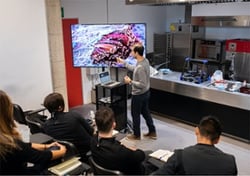
DEMONSTRATIVE
The demonstration sessions are intended to bring the student closer to a real practice of any kind, whether to show a product, a technology or a procedure.

PARTICIPATIVE
When the students sit in a circle next to the teacher, everyone is in the front row. No one is behind. Starting from this circle, the session changes the register of the language, becoming synchronous and away from that asynchrony typical of classrooms where the teacher stands in front of his students.
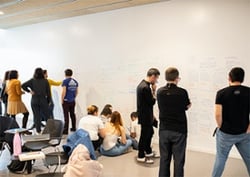
WORKSHOPS
The workshops are sessions where, through a practical team exercise, learning is acquired.At the CIB we have an expert team in workshops. Normally, these exercises have the mission of establishing a methodology or a specific learning through practice in a context other than the professional kitchen or restaurant.
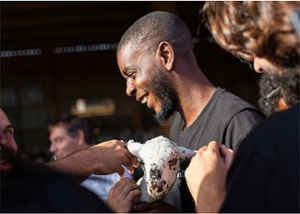
EXPERIENTIAL
Its mission is to bring students closer to the reality of the entire value chain of their profession and to do so in a way that enhances specific attitudes towards sustainability, environmentalism and respect for the environment while learning to love the product.

PRACTICE
The practical sessions, where the student executes practical exercises in the kitchen or in the workshop. The difference compared to other schools is implicit in the methodology that allows them to access the CIB’s commissary or warehouse, which they also manage, and they are free to present their culinary proposals based on the three parameters of objectives with which they acquire the knowledge: Product, Technology and Context.This creative freedom has the consequence that, within a few months, the CIB students are able to innovate naturally and present highly powerful creative solutions tailored to the objectives set in each practical session.

AUTONOMOUS
Each program has a significant load of work that requires the student, independently, to investigate on their own or in the company of the members of their team. Normally, this investigation is linked to the resolution of the problems shown in the Challenges.
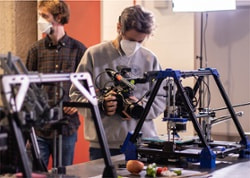
OUT CLASS TV
The use of technologies allows us to access the school from anywhere in the world. We consider that the training can be completed through this medium as long as the user experience is included in the mode in the same way that we do when we attend in person.
IN TEAM
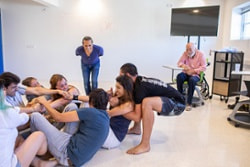
Learning to work in a team, making use of humility, generosity and intelligence, is part of the learning that CIB students appreciate most. We attach special importance to this characteristic, integrating it in a transversal way to the point that 80% of the evaluations are group.
The future is uncertain and, to face it, skills, adaptability, as well as knowing how to apply knowledge to real situations are an essential requirement. At CIB we want to give them the weight they deserve in the development of professionals in the 21st century. Therefore, the learning experience revolves around creating unique sessions, starting from the objective of each session (within the framework of the subject and area to which they correspond), so that learning is as meaningful as possible for the student.

